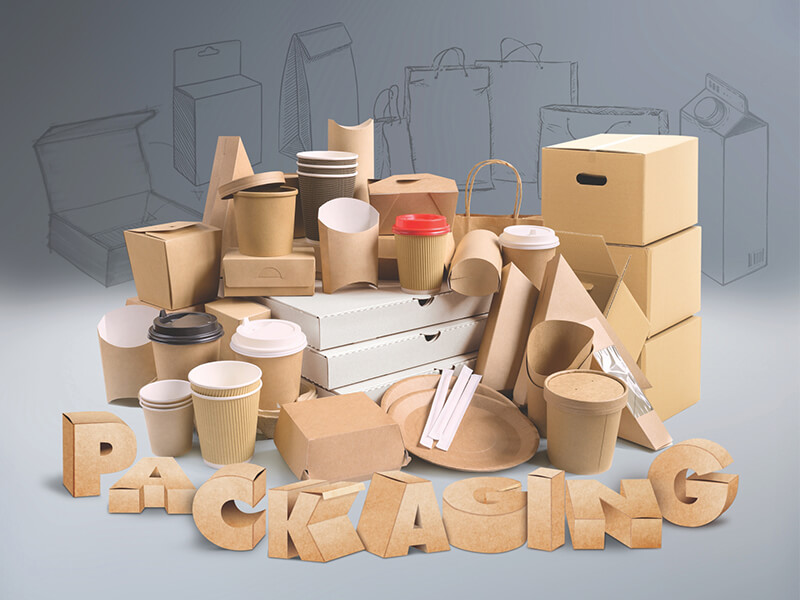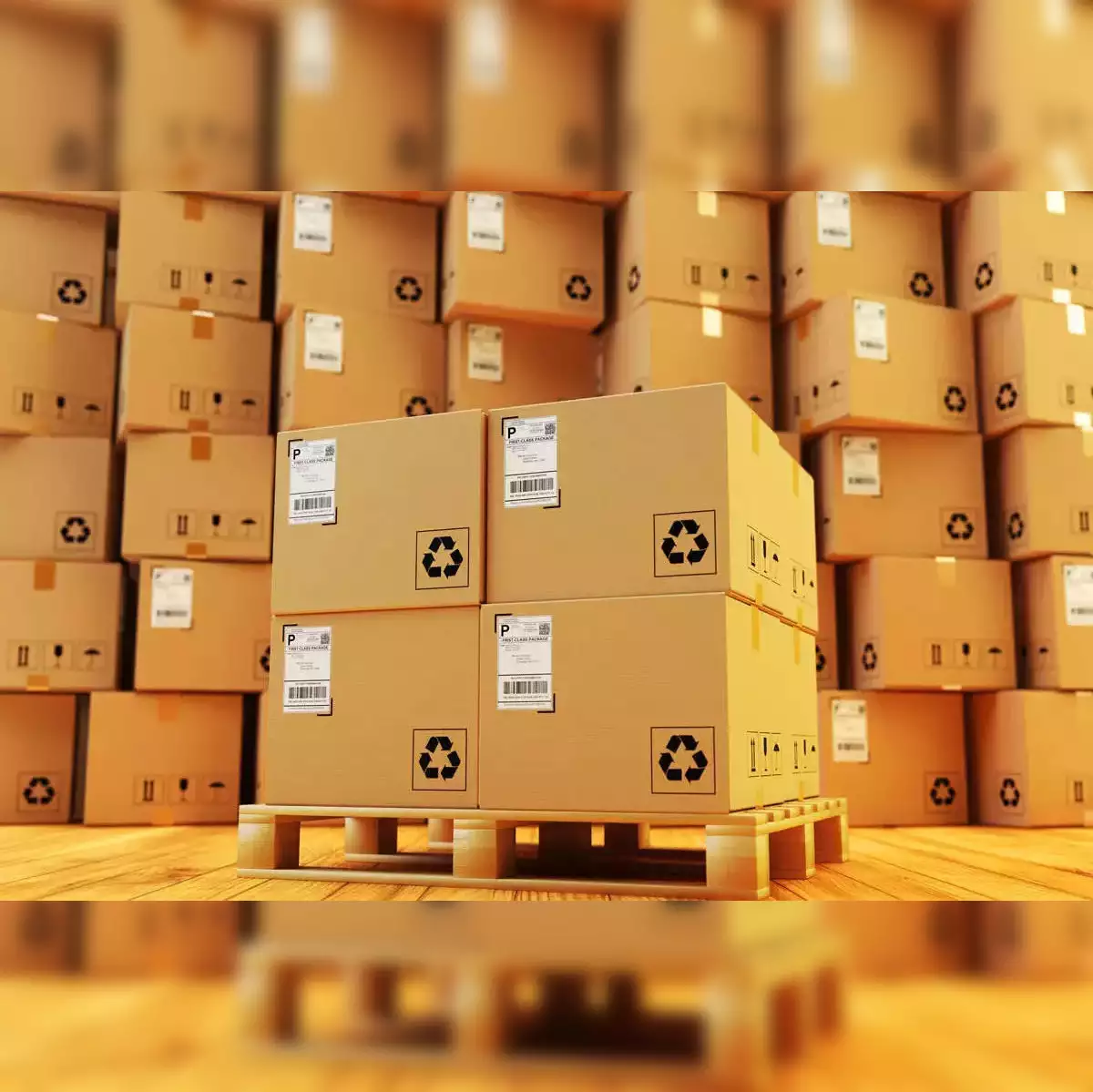
In the dynamic world of commerce, the phrase “first impressions matter” extends beyond personal interactions and firmly into the realm of product presentation. This brings us to the critical role played by packaging in various industries. Packaging, often the first tangible point of contact between a product and its consumer, goes far beyond being merely a protective shell. It has evolved into a multifaceted tool that encapsulates aspects of marketing, information dissemination, and user convenience, making it an indispensable element in product design and distribution.
The types of packaging employed by manufacturers and retailers are as varied as the products they encase. From simple paper wraps to sophisticated, temperature-controlled containers, packaging serves multiple purposes. At its core, the primary function of packaging is to protect the product from damage during transportation and storage, ensuring that the item reaches the consumer in its intended state.
However, the role of packaging extends well beyond mere protection. It acts as a silent salesman, a visual and tactile representation of the brand, designed to attract and persuade potential buyers. Packaging also carries essential information, from ingredients and usage instructions to expiry dates and regulatory compliance details, thereby serving as an information conduit between the brand and its customers.
Lastly, the convenience offered by packaging, whether it’s in the form of easy-to-open containers or resealable bags, significantly enhances user experience and product appeal.
Historical Perspective

To appreciate the current diversity in packaging, it’s essential to take a brief look at its evolution. The history of packaging is as old as trade itself, with its earliest forms being simple containers made from natural materials like leaves, gourds, and animal skins. These rudimentary solutions were primarily aimed at the basic need of containing and transporting goods.
As civilizations advanced, so did their packaging techniques. The invention of materials like paper and glass brought about a revolution in packaging. The Industrial Revolution in the 18th and 19th centuries marked a significant turning point, introducing mechanized production methods that made packaging more consistent and widely available. This era witnessed the advent of canned foods, which not only revolutionized food preservation but also transformed packaging into a long-term storage solution.
In the 20th century, the development of plastics led to a seismic shift in packaging. Lightweight, durable, and easily moldable, plastic quickly became a favored material for various types of packaging. Technological advancements in materials science have since introduced a plethora of options, including biodegradable plastics and smart packaging solutions that interact with consumers.
The trajectory of packaging development highlights a constant interplay between technological advancements and consumer needs. As we continue to innovate, the future of packaging promises to be even more integrated with technology, sustainability, and consumer engagement, shaping how we interact with products in our daily lives.
Types of Packaging Materials
The world of packaging materials is vast and varied, catering to different needs and industries. From traditional materials like paper and glass to modern biodegradable options, each type offers unique benefits and faces distinct challenges.
Paper and Cardboard
Paper and cardboard are among the most widely used packaging materials, prevalent in industries ranging from food to retail. Their popularity in food packaging, particularly for items like cereals and snacks, stems from their lightweight nature and ease of printing for branding purposes. For instance, snack packaging materials often involve cardboard boxes or paper wrappers, combining convenience with cost-effectiveness. However, their susceptibility to moisture and limited durability can be drawbacks, particularly when it comes to long-term protection of the products.
Plastic
Plastic packaging’s versatility is evident in its various forms: from rigid containers to flexible films. However, the environmental impact of plastic is a significant concern, with issues around non-biodegradability and recycling challenges at the forefront of environmental discussions. Innovations in bioplastics and recycling technologies are ongoing attempts to mitigate these environmental concerns.
Glass
Glass packaging, often used for beverages and cosmetics, is favored for its non-reactive nature and ability to preserve product integrity. Its clarity, which allows for product visibility, and its recyclability are major advantages. However, the fragility of glass and its weight add logistical challenges and increased transportation costs, limiting its applicability in some sectors.
Metal
Metal, used in cans and foil packaging, is prized for its strength and excellent barrier properties. Metal packaging is common in the food industry, especially for canned goods, offering extended shelf life and protection. While metal is recyclable, the energy-intensive production process and the mining of raw materials raise environmental concerns.
Biodegradable and Eco-Friendly Options
In response to environmental challenges, there is a growing trend towards sustainable packaging. Biodegradable materials, such as plant-based plastics and edible packaging, are emerging as viable alternatives. In snack packaging, innovations like compostable bags and wrappers made from materials like cornstarch represent a significant step towards reducing packaging waste. These materials decompose naturally, alleviating the burden on landfills and reducing the environmental footprint of packaging.
The evolution of packaging materials reflects a balancing act between functionality, cost, consumer preferences, and environmental responsibility. As consumer awareness and regulatory pressures increase, the trend toward sustainable packaging materials is likely to accelerate, shaping the future of how products are presented and preserved.
Packaging Techniques

The realm of packaging is not just about materials; it’s also about the techniques employed to ensure products reach consumers safely and attractively. These techniques can be categorized into primary, secondary, and tertiary packaging, each serving a unique purpose.
Primary Packaging
Primary packaging is the first layer of protection and is in direct contact with the product. This includes bottles for beverages, blister packs for pharmaceuticals, and sealed bags for snacks. The key here is to maintain the product’s integrity and ensure safety for consumer use.
Secondary Packaging
Secondary packaging serves an additional protective role and is crucial for branding and marketing. This includes boxes, cartons, and wrappers that hold the primary packaged product. In retail, secondary packaging is critical as it bears the brand’s visual identity and product information, playing a significant role in influencing consumer purchasing decisions.
Tertiary Packaging
Tertiary packaging is used for bulk handling, transportation, and logistics. This includes larger containers like pallets and shrink wrap, designed to efficiently move large quantities of products. This layer of packaging is crucial for supply chain management, ensuring products are safely transported from manufacturing plants to distribution centers and retail outlets.
Innovations in Packaging
The packaging industry is constantly evolving, driven by technological innovations and consumer demands. One notable advancement is in smart packaging. This involves integrating technologies like QR codes, NFC chips, or sensors into packaging. Smart packaging can track freshness, verify authenticity, and even engage customers with interactive content.
Another area of innovation is custom packaging. Brands in various sectors are increasingly turning to customized packaging solutions to stand out in a crowded market. This includes personalized designs, unique shapes, and sizes, or packaging that enhances user experience.
Environmental Impact and Sustainability

The environmental impact of packaging is a topic of growing concern. The primary challenges are the accumulation of packaging waste and the resources used in packaging production. Plastic packaging, in particular, has been scrutinized for its non-biodegradability and impact on oceans and wildlife.
In response, there are increasing efforts to reduce packaging waste and enhance recycling. This includes the development of biodegradable and compostable packaging materials, initiatives to increase recycling rates, and regulations aimed at reducing single-use packaging. Companies are also exploring packaging reduction strategies, like concentrated product formulas or refillable containers, to minimize waste.
Furthermore, there is a rising consumer demand for sustainable packaging. This shift in consumer mindset is pushing companies to adopt more environmentally responsible packaging solutions, which is a positive trend toward a more sustainable future.
The journey of packaging from a mere container to an integral part of product marketing and environmental sustainability reflects its crucial role in the product life cycle. As we move forward, the balancing act between practicality, appeal, and environmental stewardship will continue to shape packaging innovations and trends.
Future of Packaging
As we look towards the horizon of packaging development, several emerging materials and technologies are set to redefine how products are encased, protected, and presented. The future of packaging is likely to be characterized by innovations driven by sustainability, technology integration, and consumer convenience.
One of the key areas of development is the use of advanced biodegradable and compostable materials. These materials are expected to evolve beyond the current limitations, offering durability and functionality comparable to traditional plastics while being environmentally friendly. Innovations in materials like mycelium-based packaging, which uses fungal networks, or algae-based plastics, are promising signs of a sustainable packaging future.
In addition, smart packaging technologies are poised to become more widespread. Developments in IoT (Internet of Things) and AI (Artificial Intelligence) will lead to packaging that is not only interactive but also capable of collecting and analyzing data for better consumer insights and product improvements. Features like temperature-sensitive labels, time indicators for product freshness, and packaging that changes color if the product is compromised could become standard.
The potential impact of global trends, particularly in sustainability and technology, on packaging choices cannot be understated. The increasing global focus on environmental issues is likely to spur stricter regulations on packaging materials and waste management, pushing companies to adopt more eco-friendly packaging solutions. Concurrently, the rise of e-commerce and online shopping will influence packaging design to be more durable for shipping, yet easily recyclable or compostable by the end consumer.

Conclusion
Throughout this exploration, it’s clear that packaging plays a pivotal role in various sectors, functioning as a critical bridge between products and consumers. Packaging is not just a protective casing but a key marketing tool, a source of information, and a contributor to the overall consumer experience. The evolution of packaging reflects the changing dynamics of consumer preferences, technological advancements, and environmental consciousness.
In closing, the future of packaging is an exciting and challenging frontier, balancing functionality, aesthetics, marketing, and increasingly, environmental responsibility. As we continue to innovate and adapt, packaging will remain a key element in product success, brand perception, and sustainable practices.
The ultimate goal is to achieve a harmony where packaging meets the needs of both businesses and consumers, without compromising the health of our planet. The journey towards this goal will undoubtedly be marked by creativity, innovation, and a commitment to sustainability.








